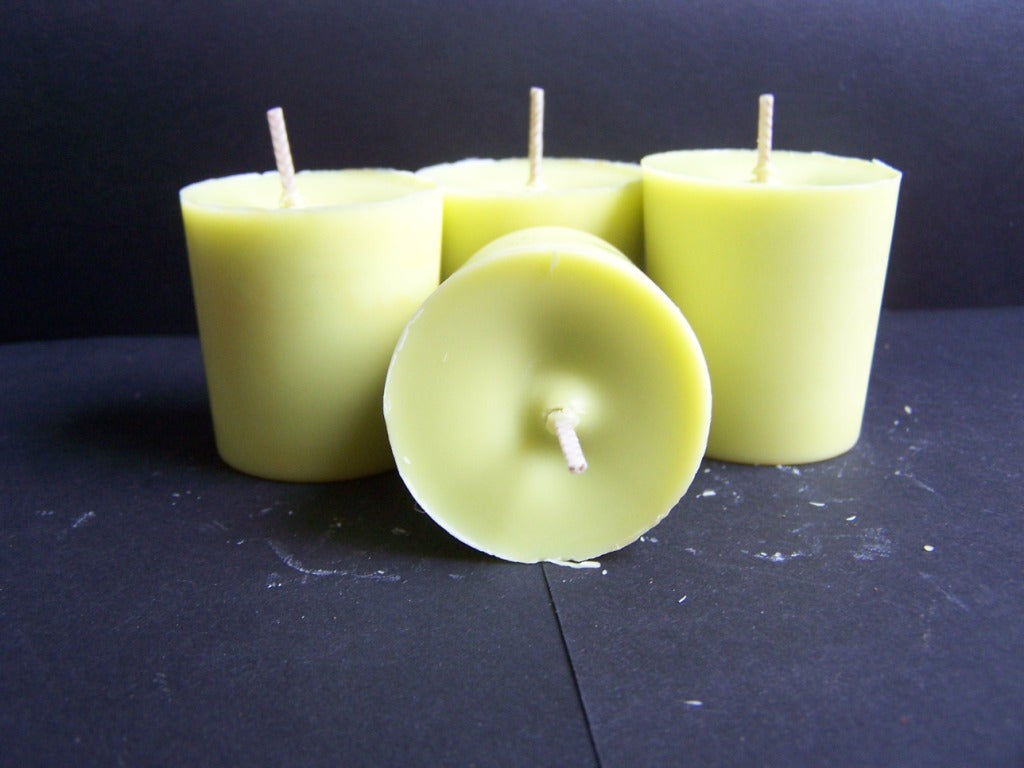Encounter the Tranquility of Crystal Soy Candles and Home Fragrance
From Wick to Wax: Comprehending the Chemistry Behind Soy Wax Candles and Their Environmental Influence
As we brighten our rooms with the warm glow of candles, there exists a world of complex chemistry behind the relatively straightforward act of lighting a soy wax candle light. The option between soy and paraffin wax extends beyond mere appearances, delving into the world of ecological influence and the extremely structure of the materials. Recognizing the molecular framework of soy wax and its combustion process loses light on the discharges released right into our surroundings. Join us as we decipher the clinical complexities behind soy wax candle lights and discover their effects on our atmosphere.
Soy Wax Vs. Paraffin Wax
When contrasting soy wax and paraffin wax for candle light making, it is vital to understand the distinct qualities and advantages of each material. Soy wax is an all-natural, renewable resource stemmed from soybean oil, making it biodegradable and green - crystal soy candles. On the other hand, paraffin wax is a byproduct of oil refining, which increases issues about its environmental influence and sustainability
Soy wax candle lights shed cleaner and discharge less residue contrasted to paraffin wax candles, making them a healthier selection for interior air top quality. In addition, soy wax has a lower melting point, permitting a longer-lasting candle that spreads fragrance extra effectively. Paraffin wax, on the other hand, often tends to burn faster and much less cleanly, potentially launching hazardous chemicals right into the air.
From a sustainability perspective, soy wax is preferred for its biodegradability and sustainable sourcing, aligning with the growing consumer preference for eco conscious items. While paraffin wax has been a typical choice in candle light making as a result of its affordability and convenience of use, the shift towards environment-friendly options like soy wax is getting momentum in the industry.
Chemical Structure of Soy Wax

Combustion Refine in Soy Candles
The chemical structure of soy wax directly affects the combustion procedure in soy candles, influencing factors such as shed time, aroma release, and ecological impact. When a soy candle light is lit, the warmth from the flame thaws the wax near the wick. This liquid wax is then prepared the wick as a result of capillary action. As the fluid wax gets to the flame, it evaporates and undergoes burning. The combustion process entails the vaporized hydrocarbons in the wax reacting with oxygen in the air to create warm, light, water vapor, and co2.
The burning efficiency of soy candles is affected by the purity of the soy wax and the top quality of the wick. In addition, soy wax candles have a reduced ecological influence compared to paraffin candles due to their eco-friendly and biodegradable nature.

Environmental Benefits of Soy Wax

Thought about a sustainable option to standard paraffin wax, soy wax uses remarkable ecological advantages that make it a preferred option among eco-conscious customers. One significant benefit of soy wax is its eco-friendly sourcing. Soy wax is originated from soybean oil, which is mainly cultivated in the USA. The farming of soybeans aids sustain neighborhood farmers and minimizes the dependence on non-renewable fossil gas used in paraffin wax production. In addition, soy wax is eco-friendly, suggesting it breaks down normally without releasing dangerous toxins into the setting. This particular makes soy wax candle lights an extra ecologically friendly alternative contrasted to paraffin wax candles, which are made from oil, a non-renewable source. Furthermore, soy wax burns cleaner and produces much less soot than paraffin wax, contributing to much better interior click to read more air high quality and decreasing the need for cleaning and upkeep. Overall, the ecological benefits of soy wax straighten with the growing need for lasting and environment-friendly products out there.
Recycling and Disposal Factors To Consider
Reusing and proper disposal of soy wax candle lights play an essential duty in keeping ecological sustainability and minimizing waste in areas and homes. When it comes to recycling soy wax candle lights, the very first step is to guarantee that the candle light has actually shed completely.

In regards to disposal, if recycling is not a choice, soy wax candles are eco-friendly and can be securely gotten rid of in the majority of household waste systems. Nonetheless, it is constantly recommended to consult neighborhood recycling facilities or waste monitoring services for details standards on candle disposal to ensure proper handling and environmental management.
Verdict
To conclude, the chemistry behind soy wax candle lights exposes their ecological advantages over paraffin wax candles. Soy wax, derived from soybean oil, burns cleaner and generates less residue when compared to paraffin wax. The burning procedure in soy candles is a lot more efficient, bring about a much longer and extra even burn. Furthermore, soy wax is eco-friendly and eco-friendly, making it a much more lasting choice for candle light production. Reusing and correct disposal of soy wax candles additionally add to their ecological impact.
When comparing soy wax and paraffin wax for candle production, it is vital to understand the distinctive qualities and advantages of each product (crystal soy candles).Soy wax candle lights shed cleaner and emit less soot compared to paraffin wax candle lights, making them a much healthier choice for indoor air quality.Thought about a lasting choice to typical paraffin wax, soy wax provides significant ecological benefits that make Learn More it a prominent option amongst eco-conscious consumers. Soy wax burns cleaner and generates less residue than paraffin wax, contributing to much better indoor air high quality and decreasing the need for cleansing and upkeep.In conclusion, the chemistry behind soy wax candle lights discloses their anchor ecological benefits over paraffin wax candle lights